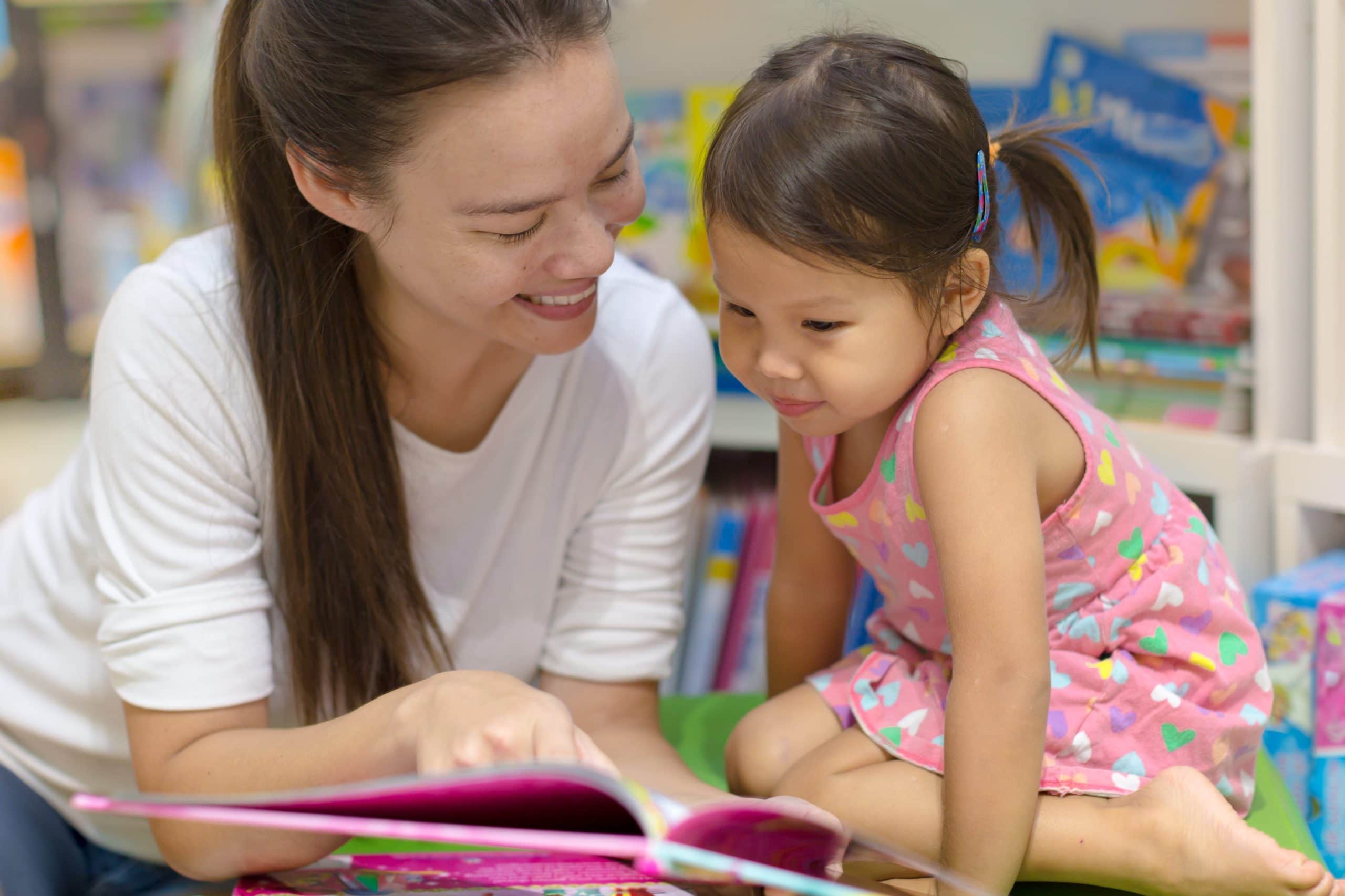Storytelling is an age-old tradition that has been passed down from generation to generation.
As a parent, grandparent, or caregiver, one of the most important things you can do is share stories with the children.
Storytelling is crucial because it helps to strengthen the bond between the child and adult while also fostering a sense of imagination and creativity.
It can also help to spark an interest in reading, which can lead to a variety of other benefits like improved vocabulary, cognitive function, and communication skills.
Increase development rates
Storytelling is essential for children’s emotional and intellectual development, it helps build an understanding of empathy, enables children to understand complex emotions and teaches them about life situation and how to approach them through the lessons in a story.
Children’s imaginations can thrive because of storytelling, they become more curious and analytical, and their thinking capacities improve by asking them questions about the story, this builds on their comprehension skills and memory recall, an important component to be successful in school.
The following are some tips to engage children in the story:
- Keep it interactive – Ask questions throughout the story to encourage children to think and participate in the story, for example how many oranges did the Hungry Caterpillar eat?
- Use props – You can make the story more fun and engaging by using props like stuffed animals or puppets to act out the characters in the story, for example a stick for a laser or a box or a space hat.
- Incorporate different voices – Change your tone and pitch to match the various characters in the story, and make the story come to life.
- Use descriptive language – Use vivid and descriptive language to help children visualize the characters, setting and plot of the story, for example she was quick like a leopard, or the night sky was as black as coal.
- Make it personal – Incorporate aspects of real-life experiences or memories into your storytelling to make it more relatable to your child, for example when Grandma cooked use chocolate cake.
- Keep it age-appropriate – Be mindful of the age of your child and tailor the story accordingly and avoid any content that may be too scary or inappropriate for their age.
Remember, storytelling is a fun way to spend time with your child while also fostering their imagination and creativity, so let your imagination run wild and make it an enjoyable experience for both you and your child.
So, whether you’re reading a classic fairytale or recounting a family memory, storytelling can be an excellent way to connect with your child and provide them with a lifetime of joyful memories as well as establish a foundation for reading for future success in school and life.


